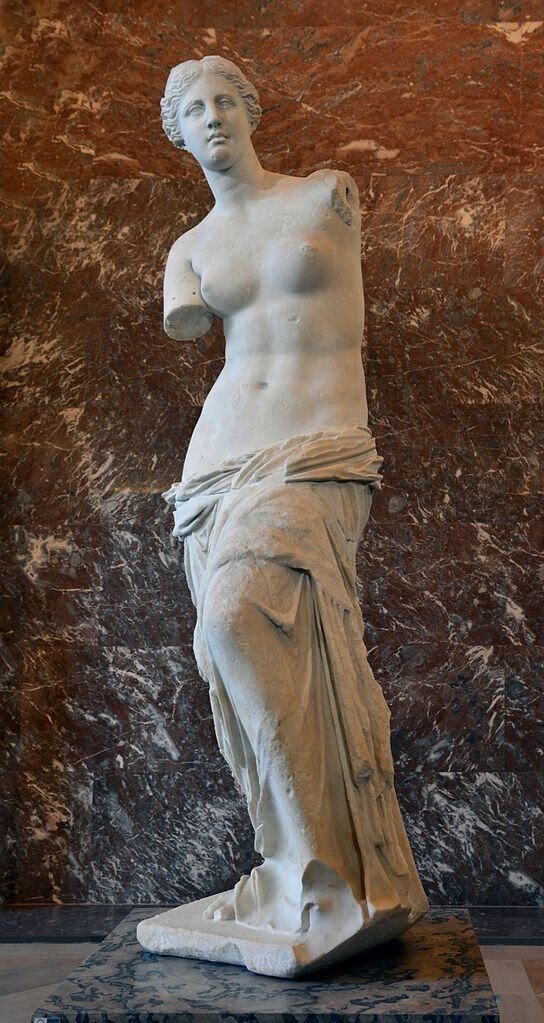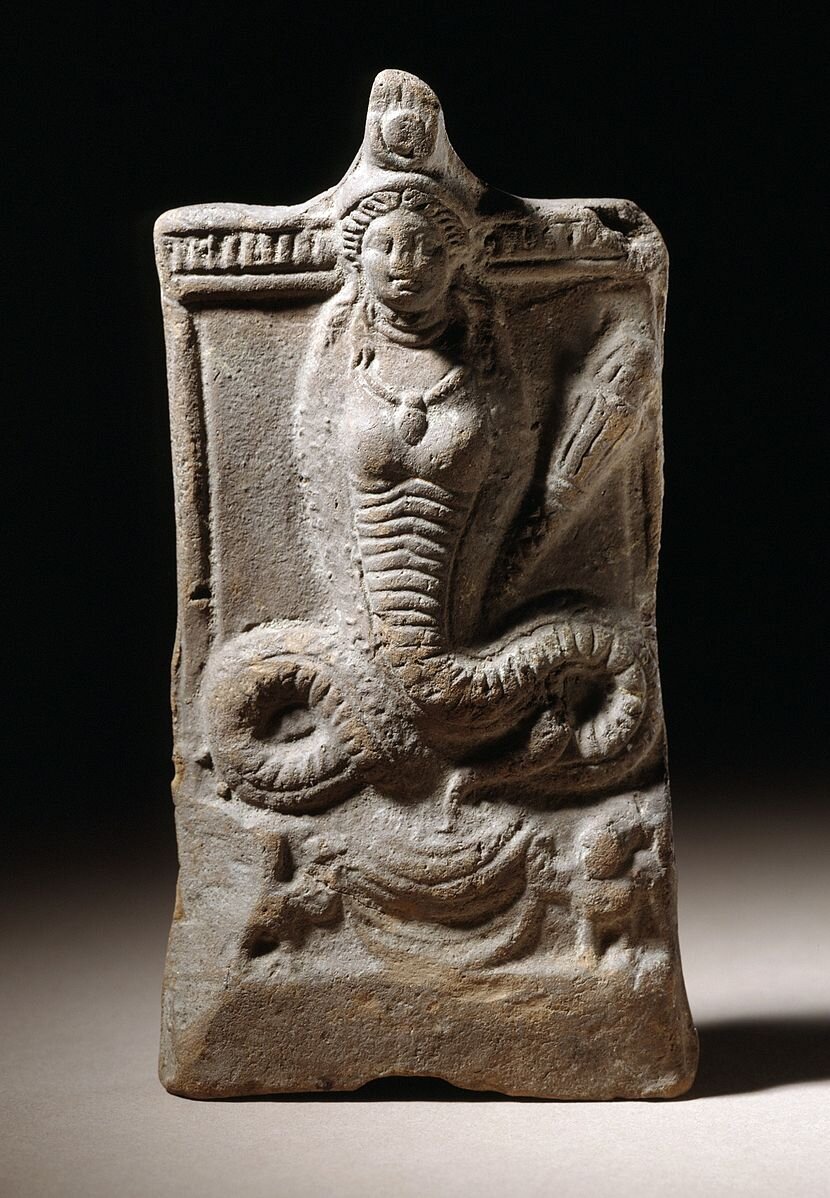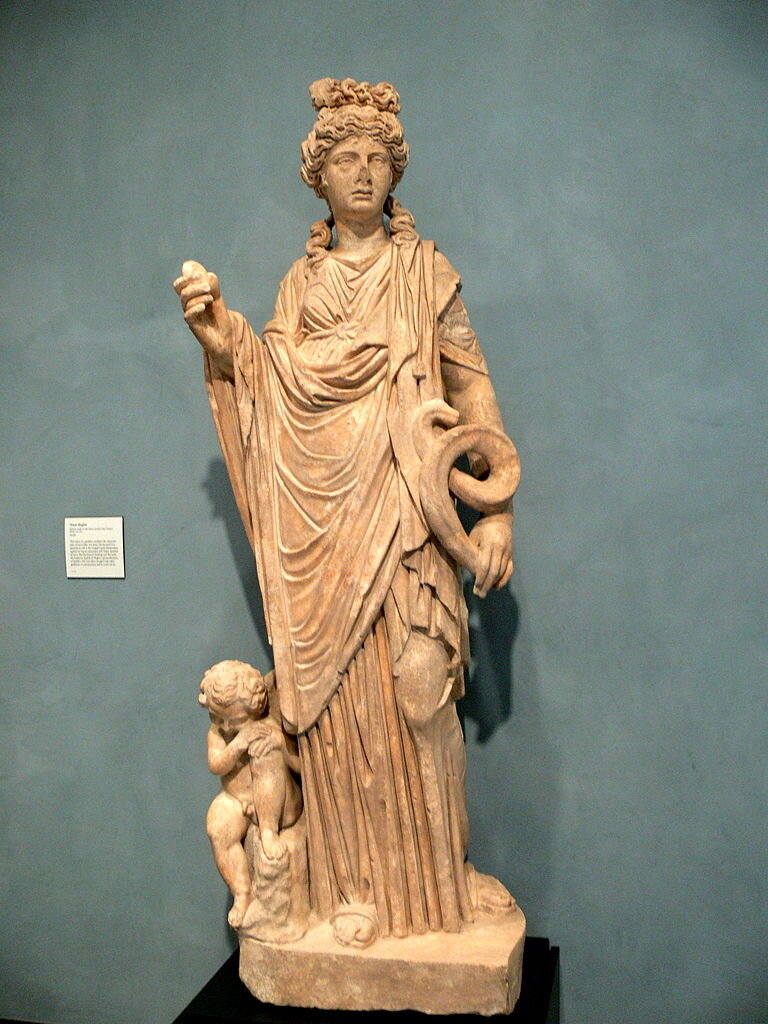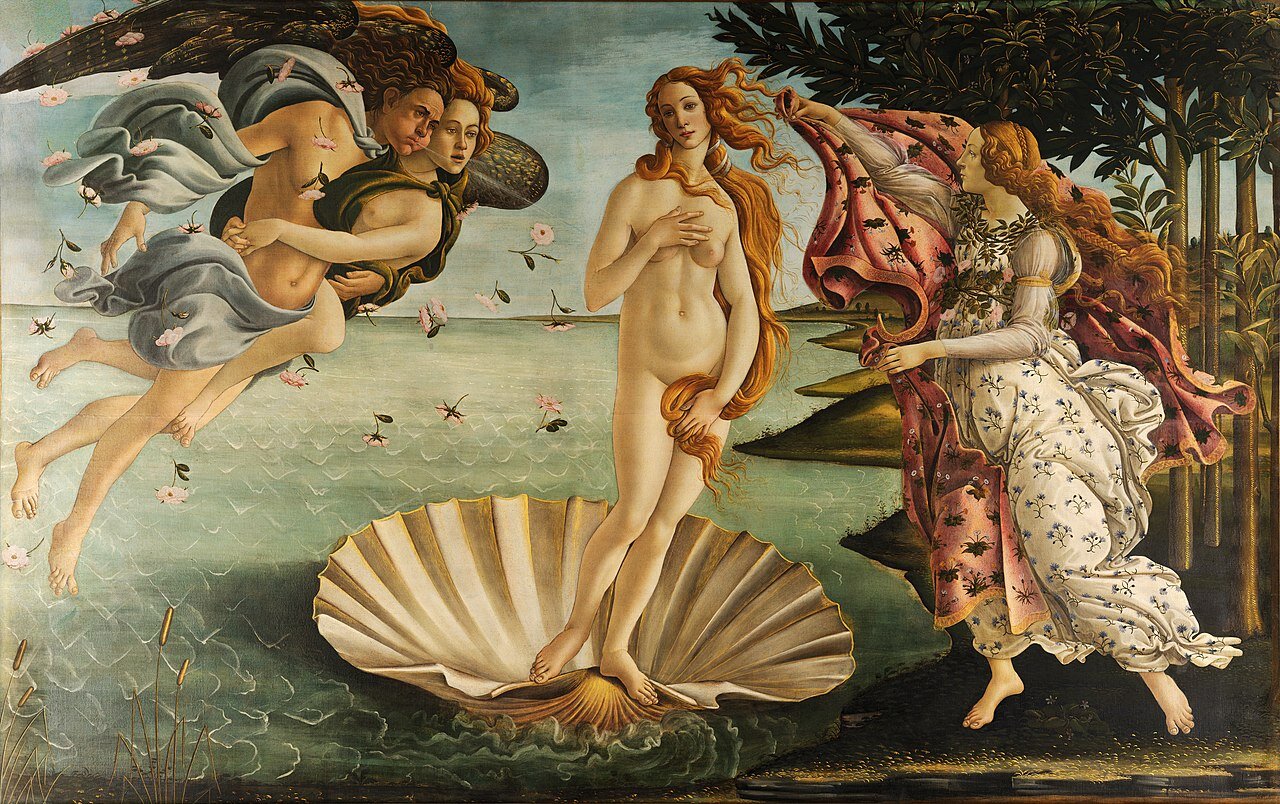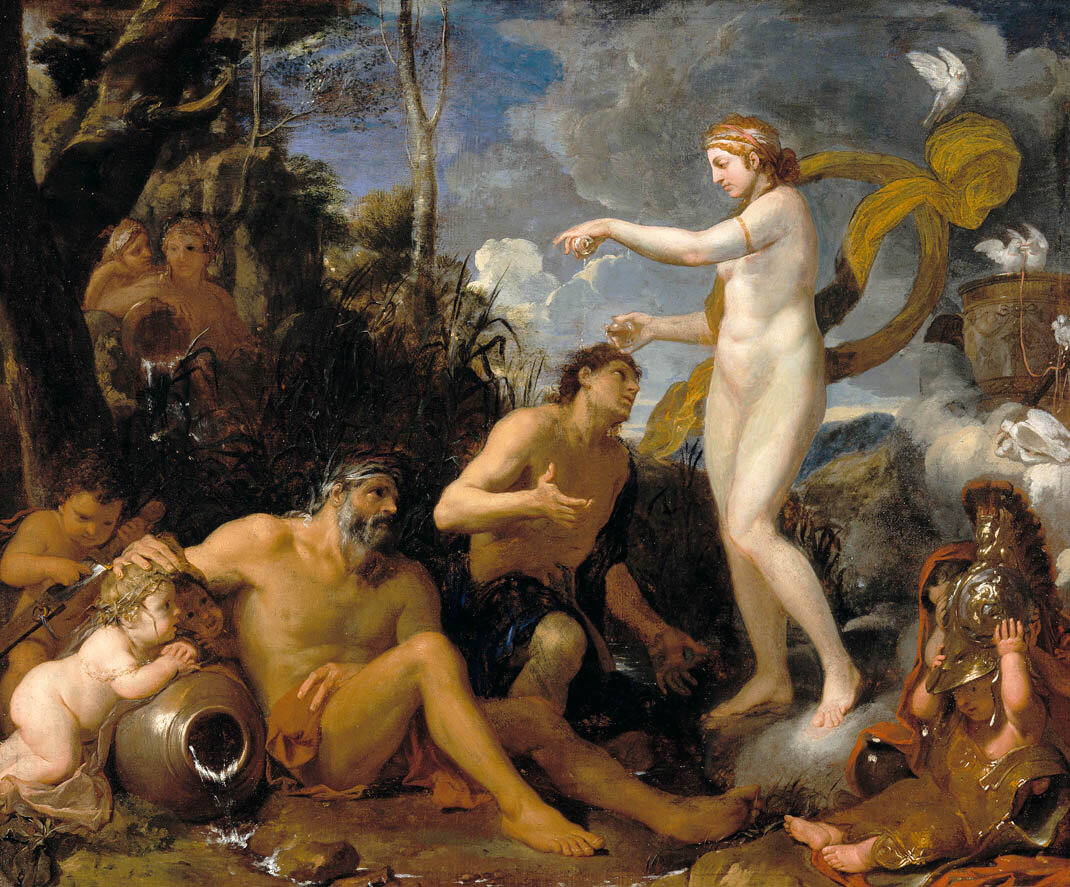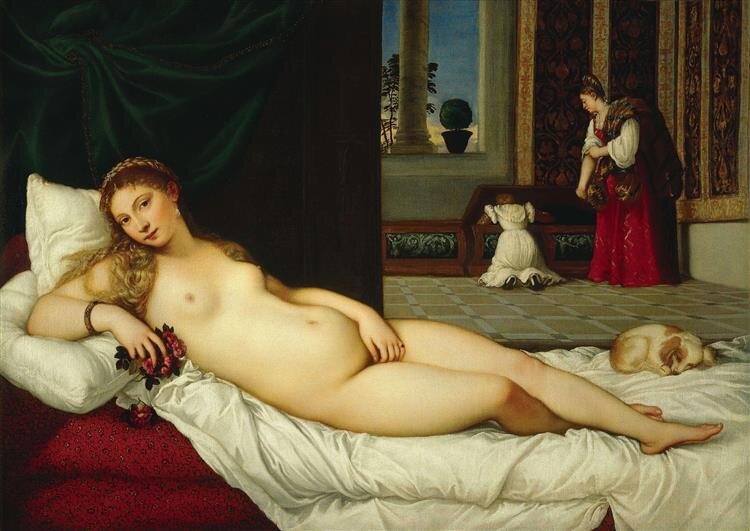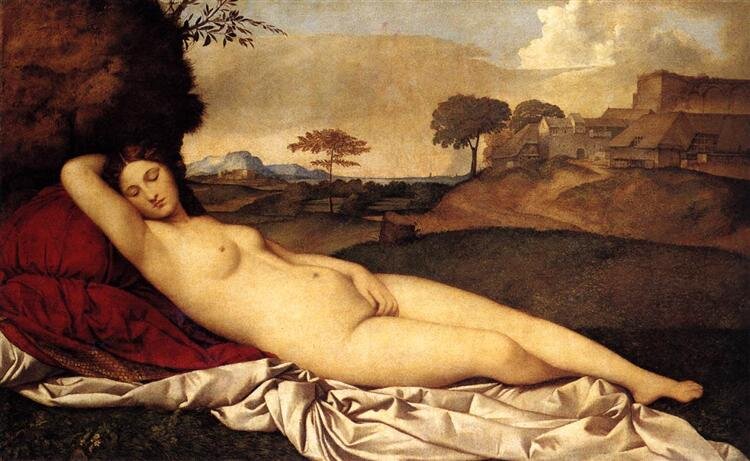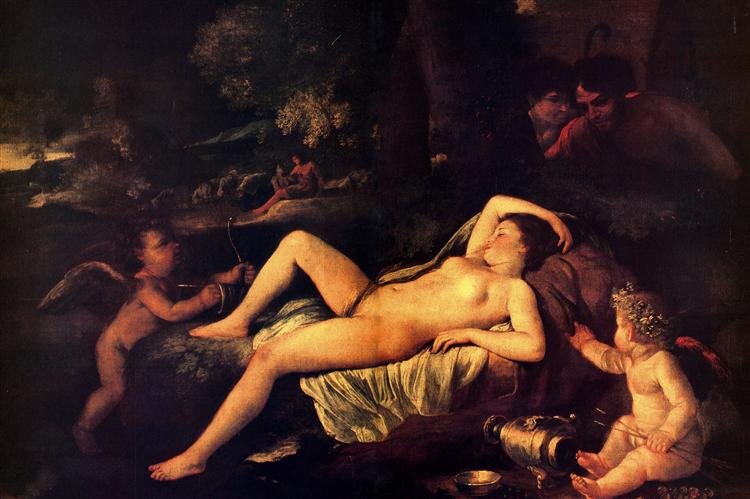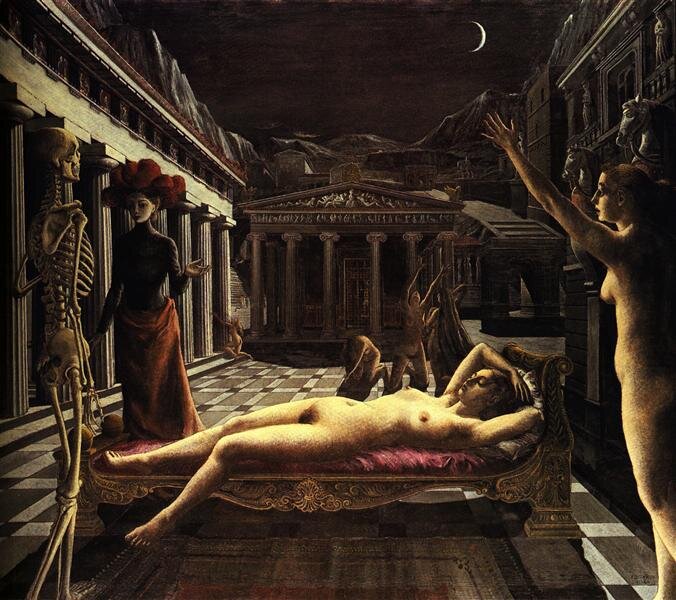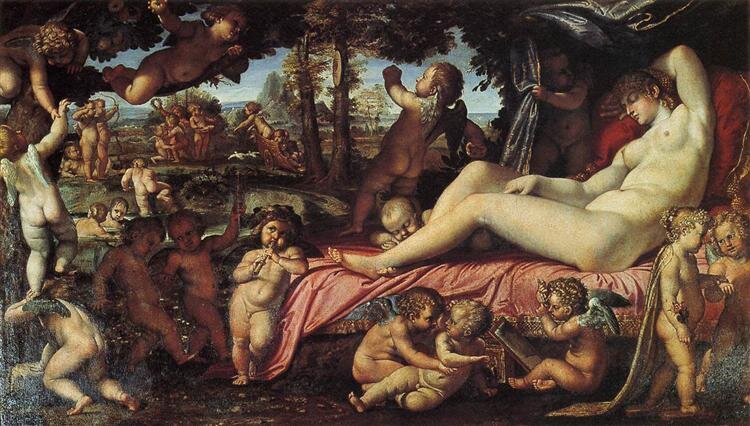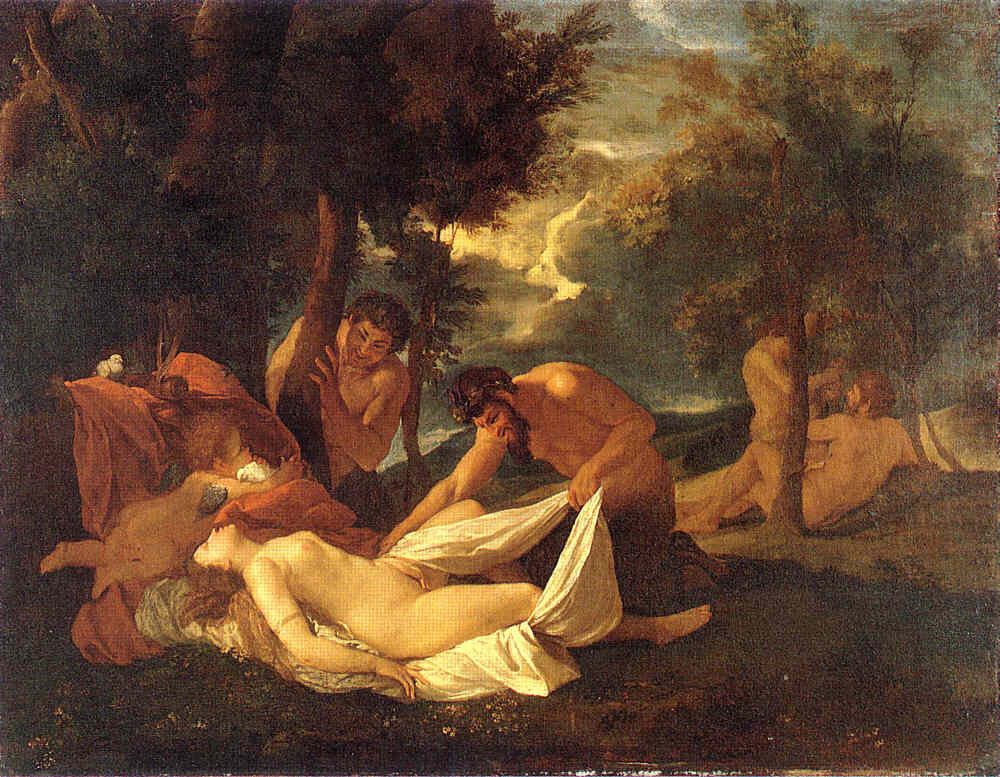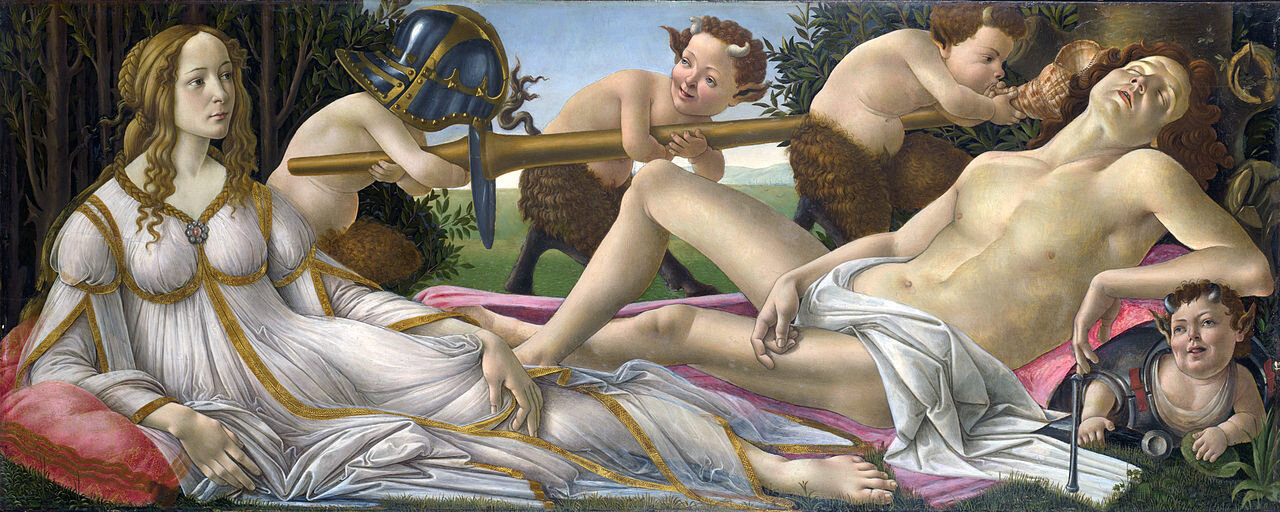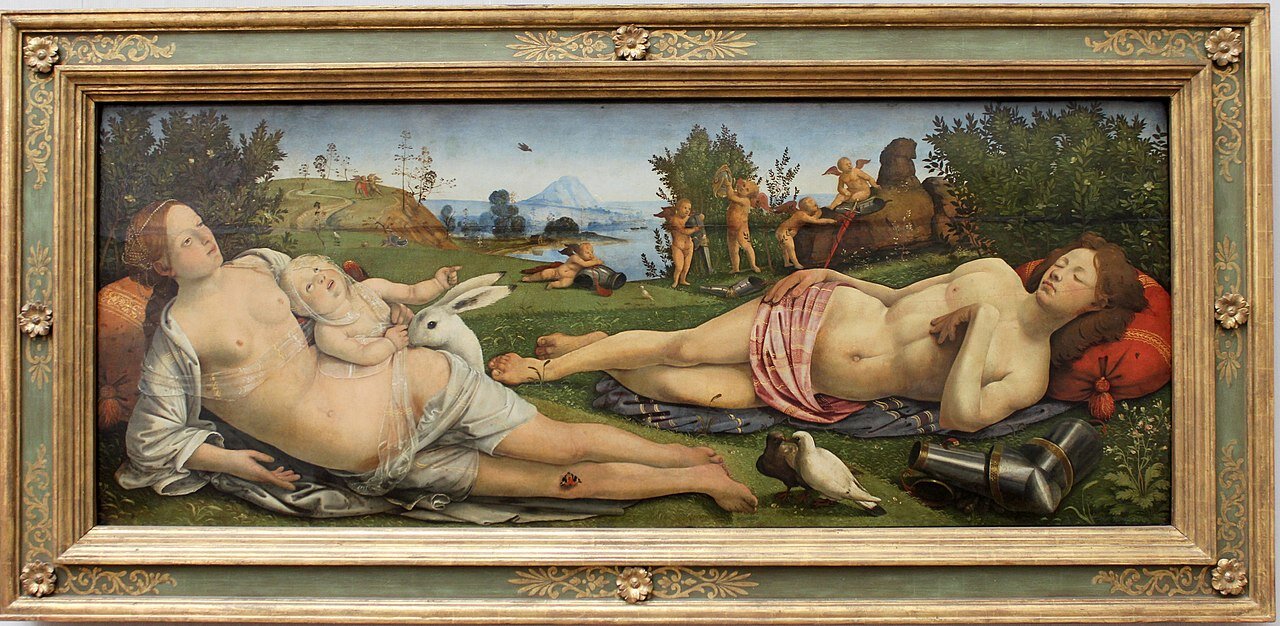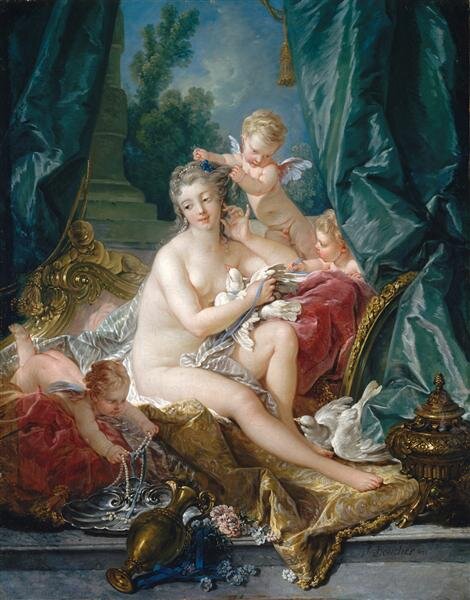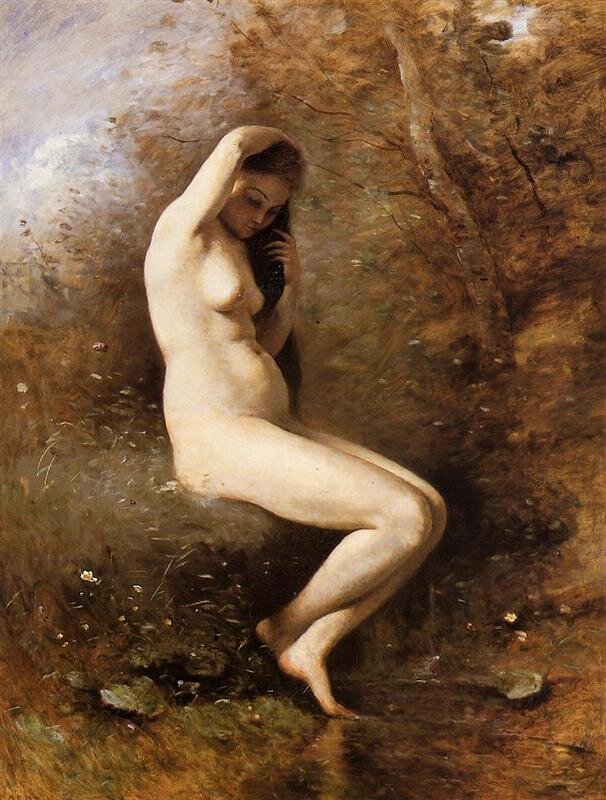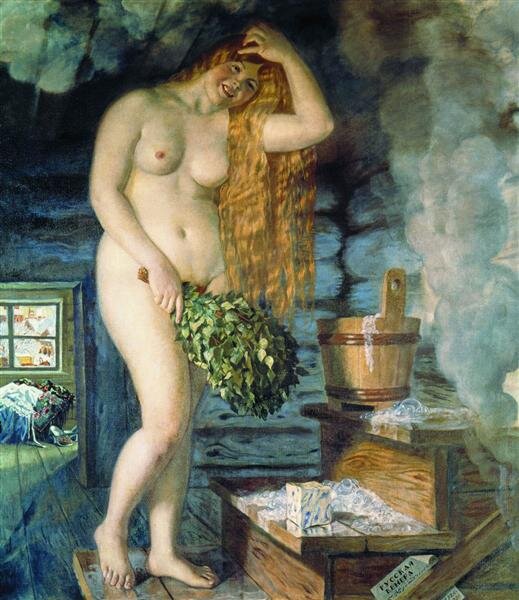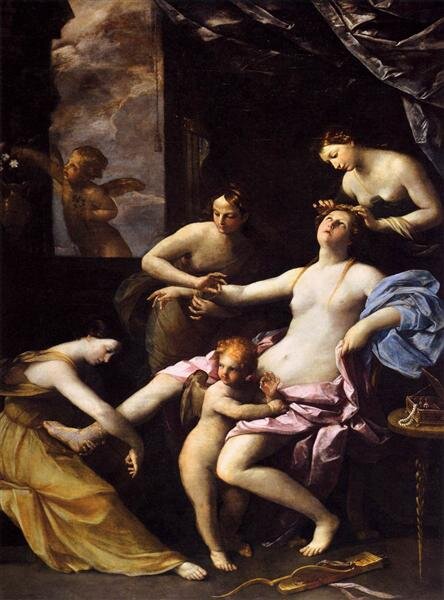Venus de Bikaner
Impression of Malvika Iyer
The sculpture Venus de Milo (found in pieces, its arms in fragments) is considered one of most beautiful images of the idealized female form — due at least in part to its imperfections.
After losing both her hands to a bomb explosion, Malvika Iyer has become a motivational speaker, disability rights activist and disability fashion model.
Malvika Iyer, Disability-Rights Activist
“You never know what you are made of until you are tested.
I don’t think I have a disability, I feel this is my superpower.
What is “perfect”? It is all your definition.”
Venus is the goddess of beauty, love, sex and fertility.
To me, Malvika Iyer exemplifies or embodies the essence of Venus, particularly the aspects of love and beauty, both inside and out. From what I’ve seen of her in photos it seems that as a child and a Kathak dancer she radiated love and joy; and after her accident she found it within herself to love herself sufficiently that she was able to discover her tremendous inner strength, pouring herself into her studies so soon after almost being blown to bits. . .
I connect her with the Venus de Milo because this depiction is missing the arms, and yet is considered one of the most beautiful images of the idealized female form, perhaps more beautiful due to its imperfections.
Venus de Milo, Alexandros of Antioch, 130-100 BC, Louvre Museum, image via Wikipedia
The Venus de Milo was discovered inside a buried niche within the ruins of the ancient city of Milos (currently the village of Trypiti) on the island of Milos in the Aegean Sea. The statue was found in two pieces, the upper torso and the lower draped legs, along with fragments of the upper left arm and a left hand holding an apple, and an inscribed plinth.
I find it interesting that for many years an image of the statue was used as part of the seal of the American Society of Plastic Surgeons.
Malvika Iyer was thirteen, living in Bikaner, Rajasthan, when a grenade exploded in her hands, blowing off her arms and severely damaging her legs. Since that moment, armed with courage and determination, she has become an international motivational speaker, a disability rights activist, a social worker and was awarded the highest civilian honour, the Nari Shakti Puraskar, the Highest Civilian Honor for Women for outstanding contribution to women's empowerment from the Honorable President of India Ram Nath Kovind in 2018.
The treatment of Venus throughout the history of art is fascinating. We see her as the epitome of idealized beauty, then as a subject of voyerism, endlessly watched bathing or sleeping, then as an example of unfaithful love, and finally transformed into an “anthropomorphic cabinet”, an embodiment of the mysterious psychological depths of sexual desire. You can explore examples here
When will a woman be seen for herself?
Malvika Iyer asks us to reconsider our ideas of beauty and our definitions of the “ideal woman”. As a disability rights activist she advocates for building an inclusive society. She is also a model for accessible fashion.
Malvika Iyer
Venus/Aphrodite - the Goddess of Love and Beauty
Prior to her accident Malvika Iyer trained as a Kathak dancer, radiating joy and love.
In stark contrast, consider how dancers are depicted in Western Art. Edgar Degas, famous for his paintings of dancers referred to them as his “little monkey girls”. He once said “I have perhaps too often considered women as an animal”. He derived great pleasure in seeing them contorting their bodies in agony, feet bleeding, suffering for their art, and frequently portrayed them as if “looking through a keyhole”. A twisted male gaze such as this causes love and beauty to wither.
Malvika Iyer however, would seem to reclaim Beauty and Love.
For a deeper sense of how depictions of women in the arts may influence our attitudes and actions towards women today, visit the RESEARCH section on this site.
References
- https://yourstory.com/2015/09/malvika-iyer
- https://en.wikipedia.org/wiki/Malvika_Iyer
- https://www.edexlive.com/live-story/2017/sep/11/your-daily-dose-of-inspiration-heres-what-malvika-iyer-had-to-say-to-her-13-year-old-self-1108.html
- https://en.wikipedia.org/wiki/Venus_de_Milo
- https://en.wikipedia.org/wiki/Venus_de%27_Medici
- https://www.artic.edu/artworks/185184/venus-de-milo-with-drawers
- https://news.artnet.com/art-world/5-surprising-facts-about-edgar-degas-318308
- New Larousse Encyclopedia of Mythology, Hamlyn Publishing Group Ltd., New York, 1959
- Ancient Mirrors of Womanhood, Merlin Stone, Beacon Press, Boston, 1984
- When God Was A Woman, Merlin Stone, Harvest Edition, 1976


